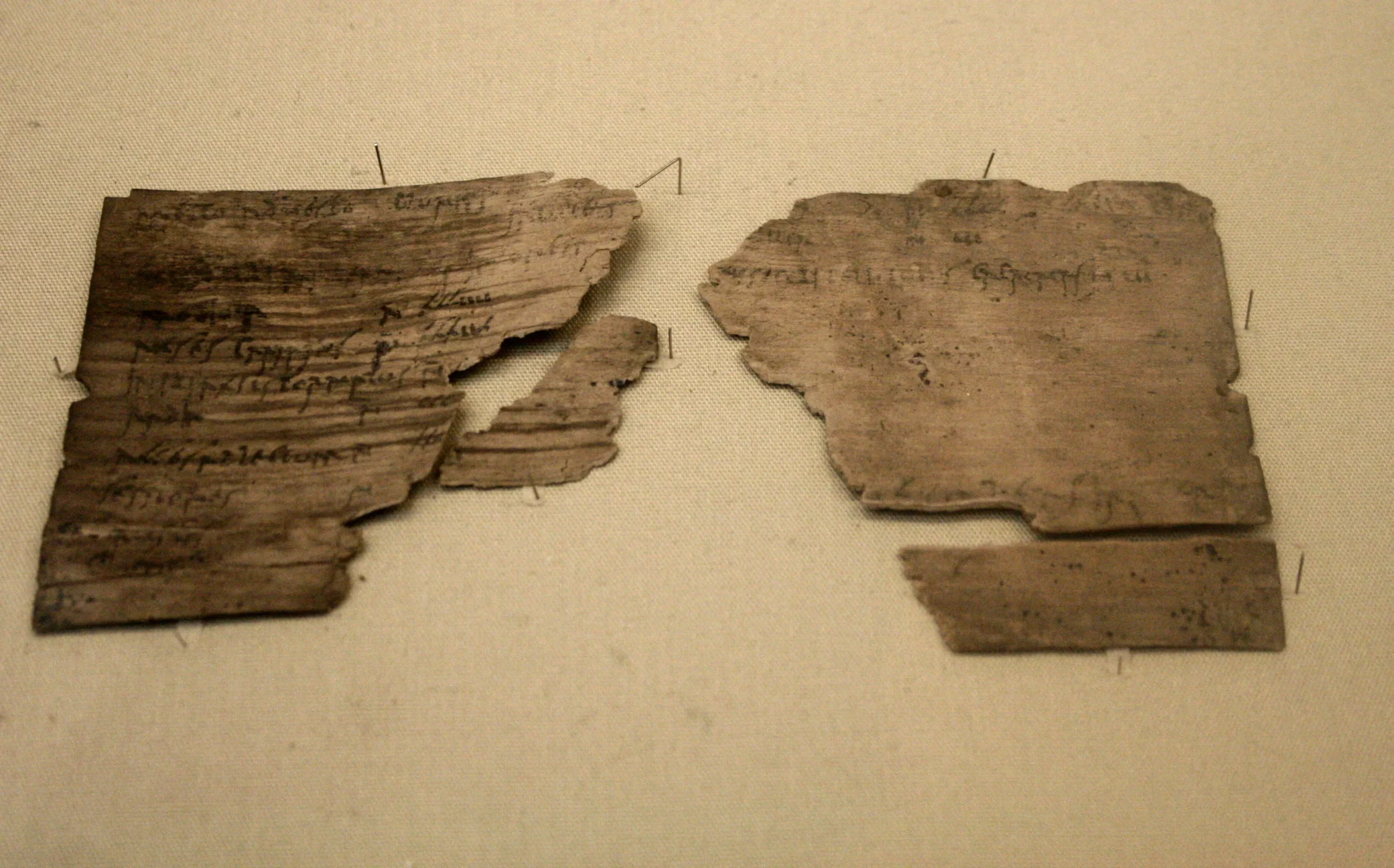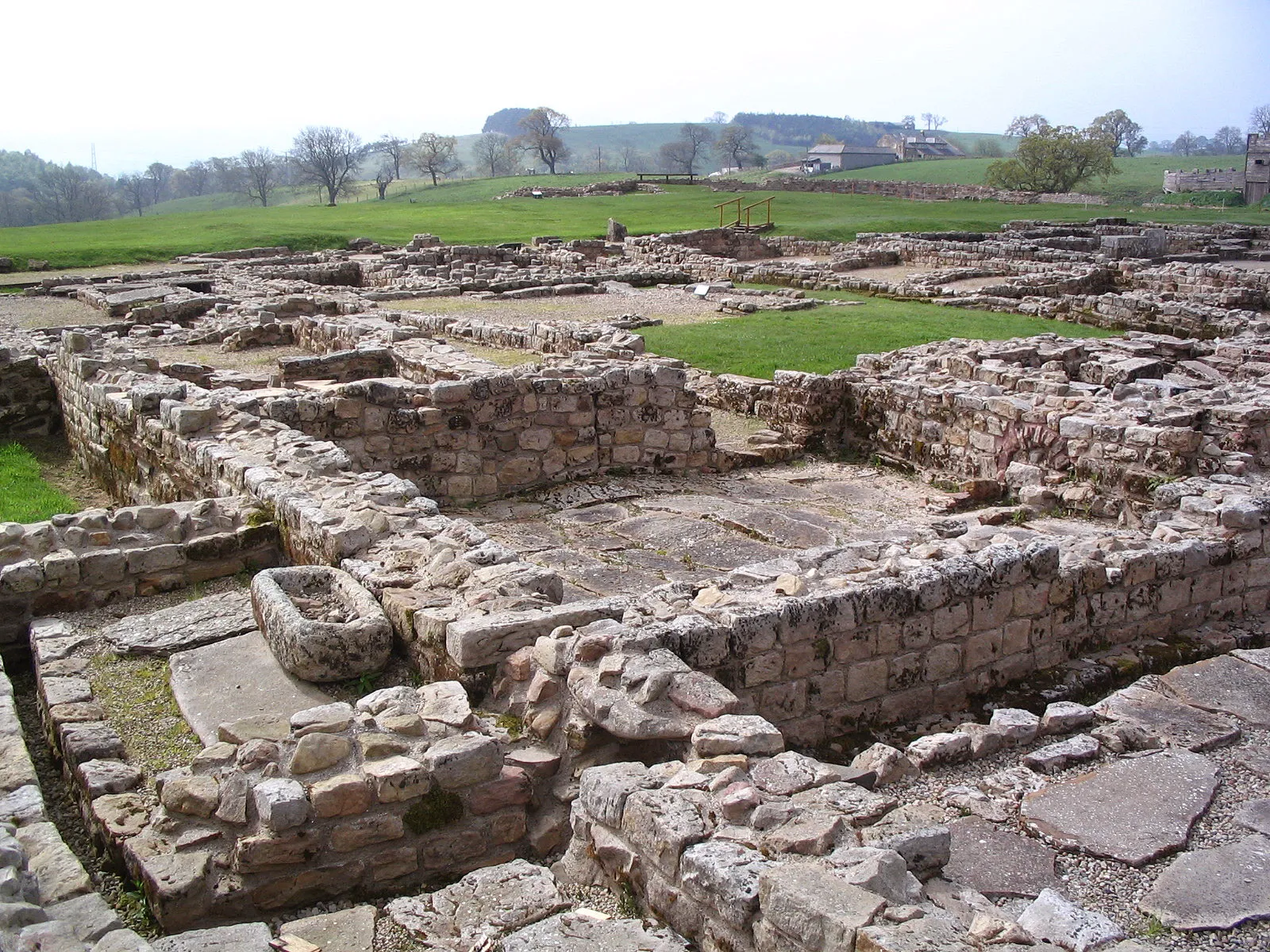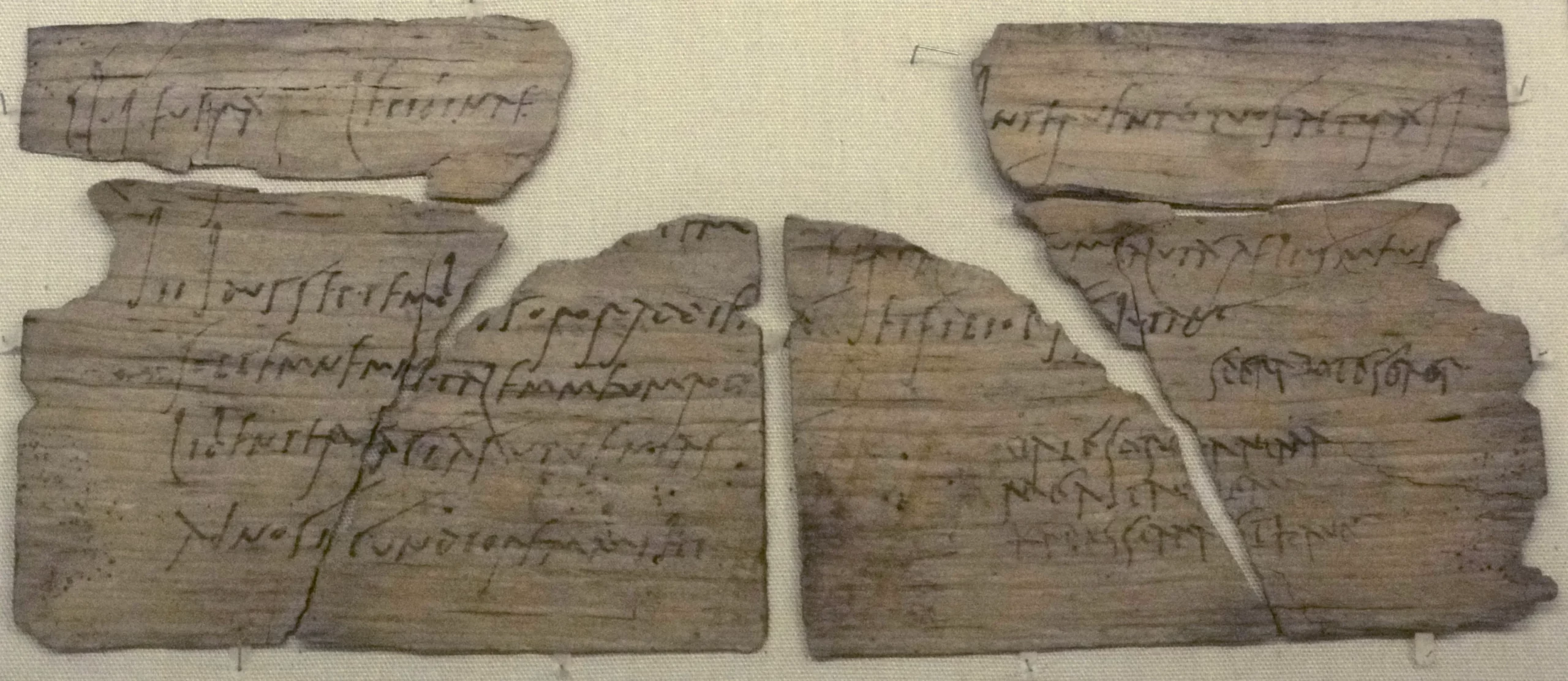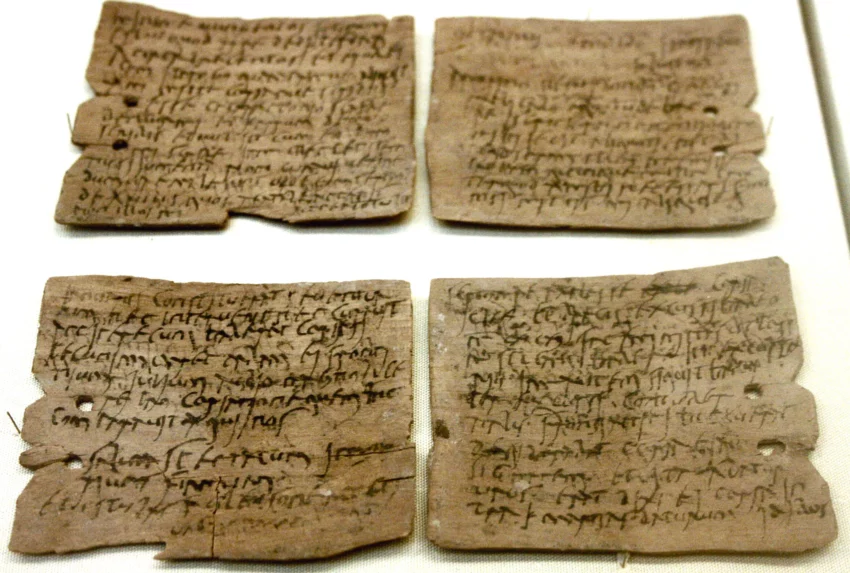Vindolanda Tablets: Unraveling Everyday Life on the Roman Frontier
The Vindolanda tablets whisper secrets across millennia, offering a captivating glimpse into daily life on the Roman frontier in Britain. Unearthed at the Vindolanda archaeological site in northern England, these remarkable artifacts serve as invaluable historical documents. Let’s delve deeper into their discovery, decipher their contents, and explore their enduring significance.
Get your dose of History via Email

A Fortuitous Find: Unearthing the Vindolanda Tablets
The story of the Vindolanda tablets begins in 1973, with archaeologist Robin Birley leading excavations at the Roman fort. Initially, the thin, wooden fragments were dismissed as mere wood shavings – a testament to the fragility of these organic materials. However, a stroke of luck changed everything. The discovery of two tablets stuck together, their inscribed faces touching, revealed their true nature – writing tablets!
However, a new challenge emerged. Rapid exposure to oxygen upon excavation rendered the ink virtually invisible. Thankfully, the ingenuity of researchers at Newcastle University came to the rescue. They employed multi-spectral photography, a technique that captures light beyond the visible spectrum. This breakthrough allowed them to decipher the faint scripts, paving the way for a deeper understanding of these precious artifacts.

Beyond Shavings: Description of the Tablets
Imagine thin, postcard-sized wooden slates – that’s essentially what the Vindolanda tablets are. Crafted from locally sourced birch, alder, and oak, they measure roughly 20 cm by 8 cm, with a thickness ranging from a mere 0.25 mm to 3 mm. To create a writing surface, these wooden sheets were folded in half, forming a diptych with the inscription on the inner faces.
A Window into the Past: Content and Insights
The Vindolanda tablets offer a treasure trove of information, encompassing a variety of texts. Official military communications detailing troop movements and logistical concerns rub shoulders with personal letters filled with greetings, invitations, and even shopping lists.
One particularly noteworthy tablet is an invitation to a birthday party written by Claudia Severa, a woman believed to be a military officer’s wife. Dating back to around 100 AD, this document stands as one of the earliest surviving examples of writing by a woman in Latin.

A Legacy of Knowledge: Significance and Current Location
The Vindolanda tablets hold immense historical significance. Primarily housed in the British Museum, London, they offer invaluable insights into various aspects of life on the Roman frontier. These range from social interactions and economic activities to military strategies and troop deployments. Additionally, some tablets are displayed at Vindolanda itself, allowing visitors to connect with these historical artifacts in their place of discovery.
Unveiling the Mysteries: Technological Advancements
The study of the Vindolanda tablets has benefited greatly from advancements in imaging technology. Techniques like infrared photography and digital imaging have proven instrumental in enhancing the legibility of the faded ink. This allows researchers to decipher even the most challenging passages, leading to a more comprehensive understanding of the content.
Beyond Academia: Exhibition and Educational Impact
The Vindolanda tablets haven’t been confined to dusty archives. They have been featured in various exhibitions around the world, captivating audiences with their historical significance. Furthermore, these artifacts play a crucial role in educational programs, bringing Roman life in Britain to life for students of all ages.
A Legacy in Ink: Conclusion
The Vindolanda tablets stand as a testament to the enduring power of written communication. They continue to be a wellspring of knowledge for scholars and a source of fascination for the public. As new technologies emerge and ongoing research delves deeper, these remarkable artifacts promise to continue revealing the secrets of Roman Britain for generations to come.
Sources: Wikipedia


